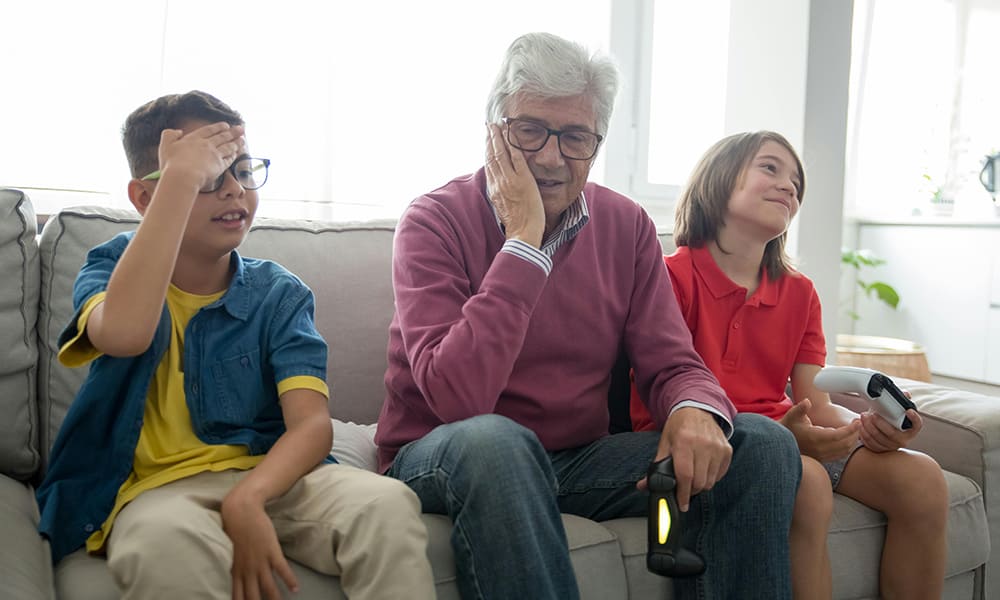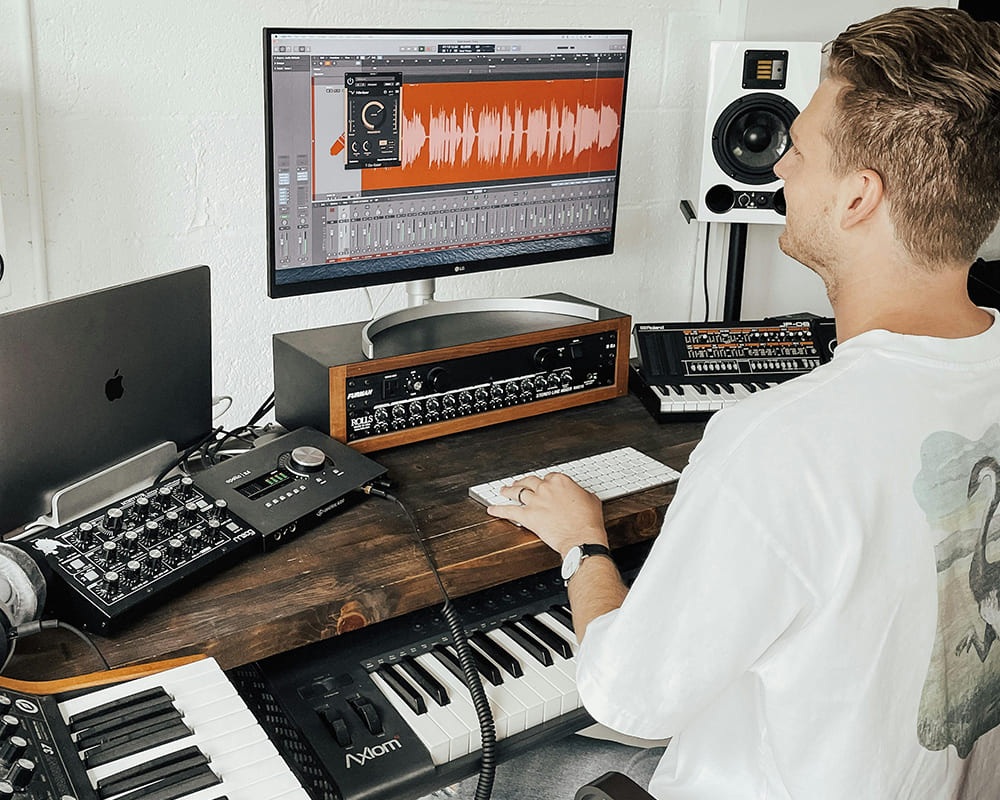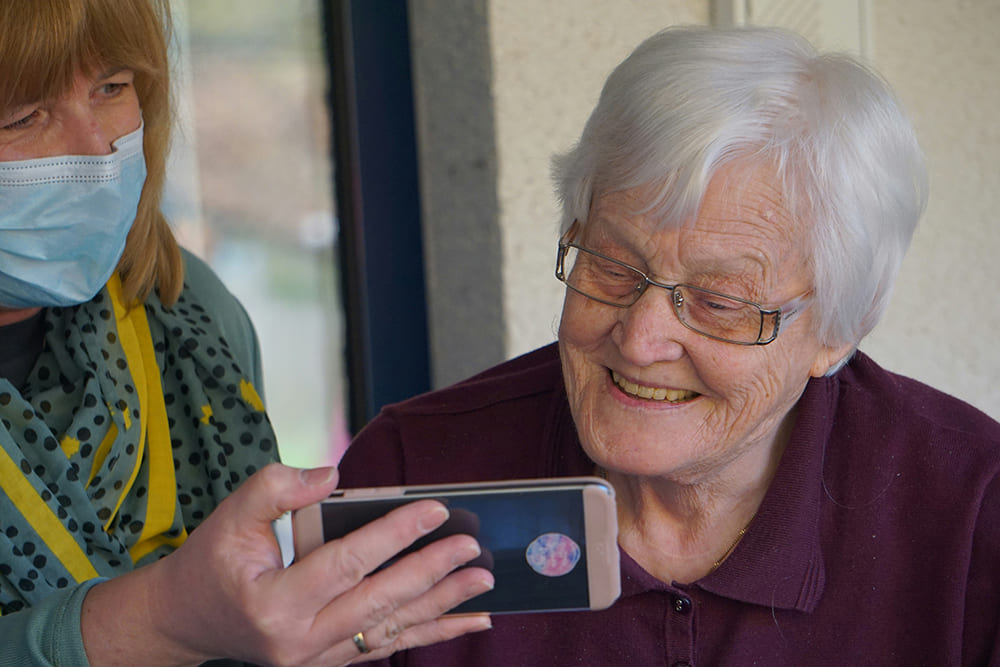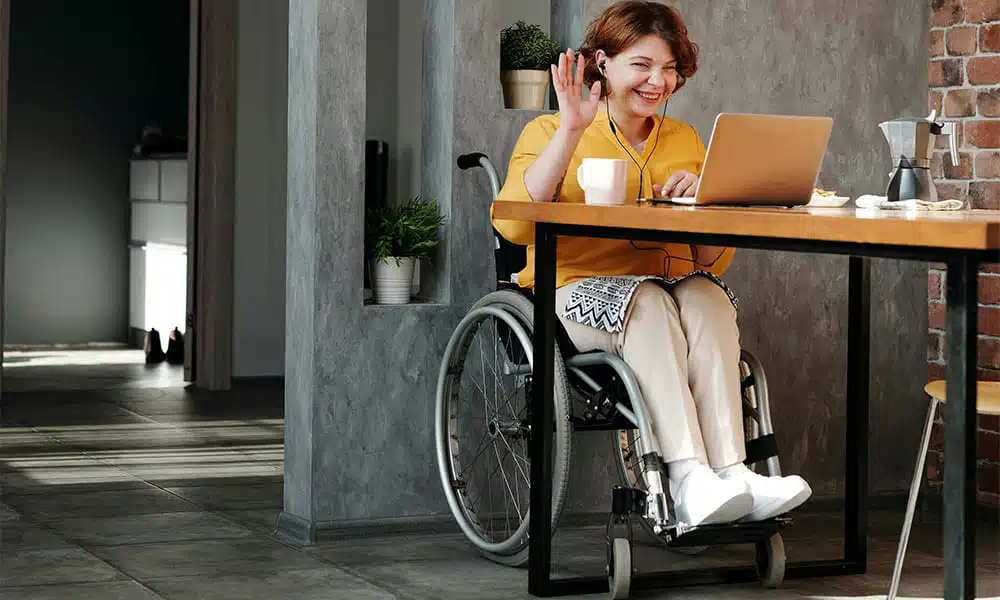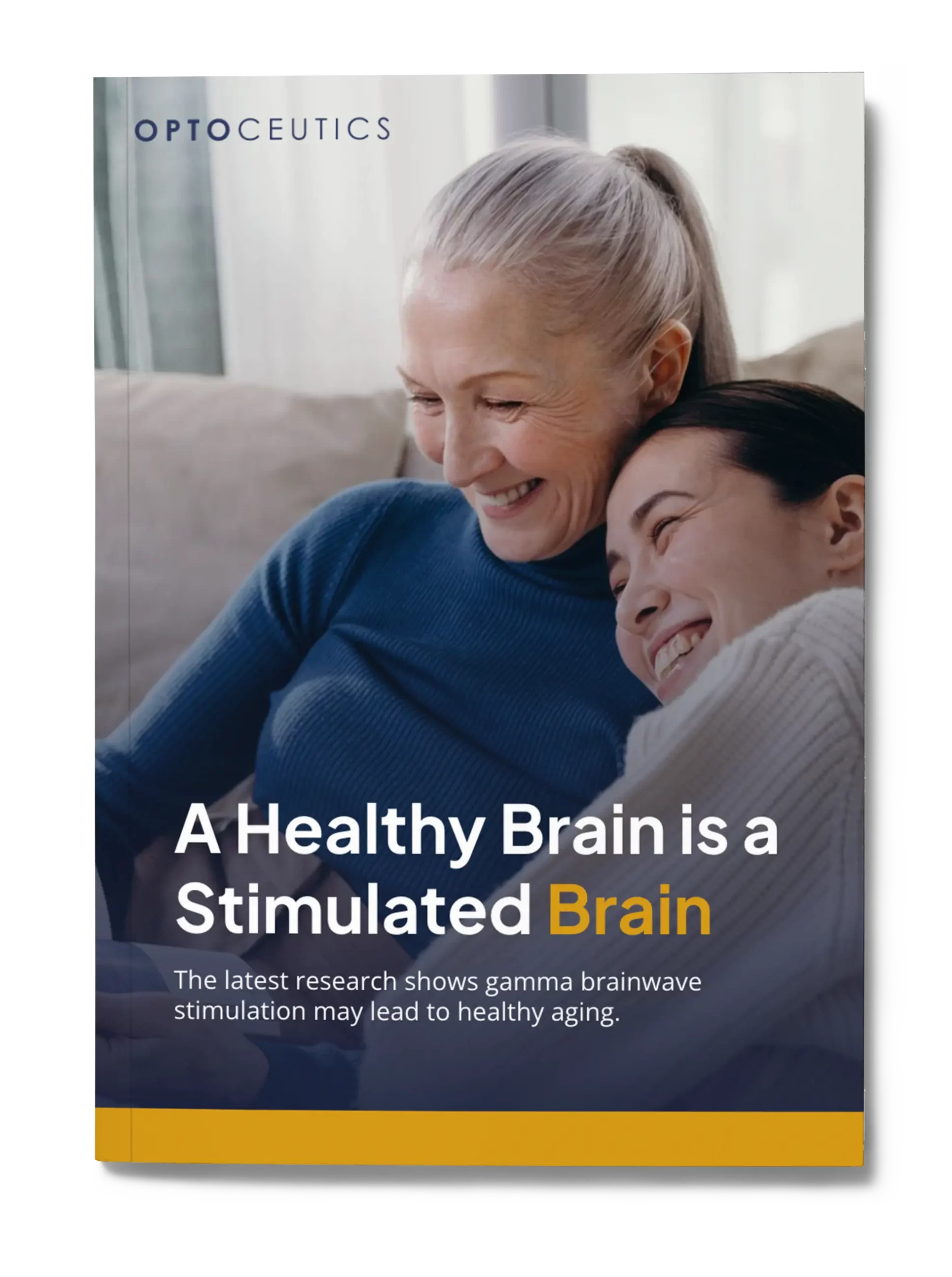
Christopher Ravn
Key Takeaways
1. Frontotemporal dementia (FTD) and Lewy body dementia (LBD) are two different sets of dementia that affect different parts of the brain. Both of these diseases have different symptoms, age groups, and progressions.
2. Picks Disease is a type of frontotemporal dementia (FTD). It takes place as abnormal proteins start to gather in the brain, which causes changes in personality, behavior, and language.
3. The prevalence of FTD is that 15 to 22 people out of 100,000 have the disease and 2.7–4.1 incidences out of 100,000 develop FTD each year. This is equal across genders for the disease. As for LBD, it is said that 25 dementia cases are diagnosed and 1 in 13 cases are in secondary care.
Table of Contents
1. Frontotemporal Dementia Vs Lewy Body Dementia?
2. What Are The Symptoms Of Frontotemporal Dementia Vs Lewy Body Dementia?
3. What Causes Frontotemporal Dementia And Lewy Body Dementia?
4. How Can Frontotemporal Dementia Mimic Dementia With Lewy Bodies?
5. What Are Practical Strategies For Care In Lewy Body Dementia And Frontotemporal Dementia?
6. What Are The Common Misdiagnosis Between Frontotemporal Dementia Vs. Lewy Body Dementia?
7. Frequently Asked Questions About Frontotemporal Dementia Vs Lewy Body Dementia
Frontotemporal Dementia Vs Lewy Body Dementia?
Frontotemporal dementia (FTD) and Lewy body dementia (LBD) are two different sets of dementia that affect different parts of the brain. Both of these diseases have different symptoms, age groups, and progressions.
Patients who suffer from FTD showcase a range of behavioral changes, personality, language, and movement issues. LBD, on the other hand, shows a range of cognitive and non-cognitive issues. This includes memory loss, issues with attention, alertness, and hallucinations.
The age of onset for FTD is between 40 and 65, while LBD affects patients aged 65 and over. The prevalence of the disease is that once diagnosed, the median survival range is 3–7 years for FTD, whereas LBD has a slower progression of 5–10 years.
FTD may cause changes in behavior such as apathy, disinterest, and suddenly being impulsive. On the other hand, LBD causes paranoia, delusions, and hallucinations. Though FTD and LBD cause memory issues, memory issues with FTD patients are more severe. Problems with movement, speech, and swallowing are seen in FTD patients, while LBD patients show signs of being rigid, tremors, and issues with balance and coordination.
Pick's Disease Vs. Lewy Body Dementia?
Picks Disease is a type of frontotemporal dementia (FTD). It takes place as abnormal proteins start to gather in the brain, causing changes in personality, behavior, and language. Though it is not common, the disease is known to affect those around the age of 65. However, LBD is a type of dementia that causes the brain to build up alpha-synuclein protein, affecting motor, cognitive, and autonomic functions.
The difference between Pick’s disease and LBD is that LBD shows a progressive cognitive decline. Moreover, LBD shows changes or fluctuations in hallucination and cognition with Parkinsonian features. On the other hand, Picks diseases show changes in behavior, personality, and language.
Regarding its pathology, the buildup of abnormal Pick cells gives rise to Pick’s disease. As for LBD, it is due to the accumulation of the protein called Lewy bodies. To date, there is no cure for both LBD and Pick’s disease, but they may be managed by focusing on behavioral and language changes.
What Are The Symptoms Of Frontotemporal Dementia Vs Lewy Body Dementia?
- Cognitive issues:
FTD patients suffer from impaired memory and learning, issues with planning, trouble finding words and names, and issues with navigation and spatial awareness.
LBD patients suffer from confusion, lack of focus, memory loss, difficulty solving problems, and difficulty making decisions.
– FTD patients suffer from impaired memory and learning, issues with planning, trouble finding words and names, and issues with navigation and spatial awareness.
– LBD patients suffer from confusion, lack of focus, memory loss, difficulty solving problems, and difficulty making decisions. - As for behavioral symptoms:
– FTD shows personality changes, emotional issues such as anxiety and depression, sudden withdrawal from gatherings, and a lack of empathy.
– LBD showcases delusions, paranoia, hallucinations, agitation, and sleep issues. - Non-cognitive symptoms:
– FTD patients struggle with motor tasks (apraxia), such as grooming or dressing, issues with sentence structure (agrammatism), and frontal lobe syndrome, which affects motivation, socialization, symptoms, and apathy.
– LBD patients struggle with Parkinsonian symptoms such as bradykinesia, tremors, rigidity, urinary incontinence, constipation, orthostatic hypotension, and hallucinations such as auditory and tactile. - The symptoms influence daily living and care requirements, such as:
– FTD and LBD patients may require assistance with their daily lives, such as dressing, grooming, bathing, meal preparation, eating, medication management, appointment scheduling, and emotional support. However, LBD patients may need extra assistance to manage their tremors and rigidity.
How Prevalent Are Frontotemporal Dementia And Lewy Body Dementia?
Let us look at some statistical data and prevalence for frontotemporal dementia and Lewy body dementia. The prevalence of FTD is that 15 to 22 people out of 100,000 have the disease and 2.7–4.1 incidences out of 100,000 develop the disease each year. This is equal across genders. As for LBD, it is said that 25 dementia cases are diagnosed and 1 in 13 cases are in secondary care.
As for demographic differences, FTD is seen in those with hereditary and familial mutations. For LBD, it is important to know at what age does dementia start which is 65 years. For risk factors, FTD shows genetic changes in the tau protein, whereas LBD is seen in those with Alzheimer’s and vascular dementia.
Early diagnosis for both of these diseases has significant implications for healthcare and support services, as it impacts daily lives, affects demographics differently, and requires support such as counseling and caregiver support.
What Causes Frontotemporal Dementia And Lewy Body Dementia?
- Genetic factors: FTD patients have abnormal proteins in their brains, while LBD patients have the development of Lewy bodies that contribute to the disease.
- Environmental factors: Lifestyle, diet, and toxin exposure may contribute to FTD development. However, there are no environmental factors that indicate a contribution to the development of LBD.

What Are The Pathological Differences Between Frontotemporal Dementia Vs Lewy Body Dementia?
Frontotemporal dementia (FTD) pathology is due to degeneration of both frontal and temporal cortices. This causes the brain to shrink and the loss of nerve cells occurs due to the presence of Pick bodies. The tau protein aggregates the brain cells, which leads to nerve cell death. Lewy body dementia (LBD) is due to the presence of Lewy bodies that are found in the brainstem and cortex. Lewy bodies are an alpha-synuclein protein that corresponds differently with other proteins.
FTD affects the frontal and temporal areas, while LBD affects the brainstem and cortex. As the brainstem is affected, it causes the patient to suffer from motor issues. Moreover, as the frontal and temporal areas are affected, it leads to changes in personality, behaviors, movement, and language issues. For LBD, as the brainstem and cortex are affected, so is one’s motor function, such as tremors, rigidity, and bradykinesia.
Diagnosis for FTD and LBD will require brain imaging and pathological examination of their brain tissue. Overall, the presence of the abnormal proteins will determine clinical symptoms and diagnosis.
We Believe Prioritizing Brain Health Enhances Your Quality Of Life
Get to know our team, our mission and how our EVY LIGHT® can provide you and your loved ones with a fuller life, letting you breathe a little easier.
How Can Frontotemporal Dementia Mimic Dementia With Lewy Bodies?
- Causing progressive impairment in cognition, such as issues with language, solving problems, and memory loss.
- Those with FTD have changes in mood, behavior, and personality. However, LBD shows changes in apathy, disinhibition, and feelings of irritation.
- Has Parkinsonian-like symptoms such as tremors, rigidity, and bradykinesia.
- Fluctuations of alertness and attention in LBD may, at times, be seen in FTD patients.
- Both diseases have signs of visual hallucinations or similarities with Alzheimer’s hallucinations
What Are Practical Strategies For Care In Lewy Body Dementia And Frontotemporal Dementia?
Practical strategies for care in Lewy Body Dementia (LBD) and Frontotemporal Dementia (FTD) would require strategies that are customized to manage symptoms and improve a patient’s quality of life. To understand the condition, one needs to understand that LBD is a neurological disorder that progresses due to the presence of abnormal proteins such as Lewy bodies that affect memory, movement, and cognition. Whereas, FTD has a myriad of disorders that affect both the front and temporal lobes, causing changes in behavior, personality, language, and cognition.
- Addressing triggers and providing techniques that may calm the patients
- Use non-verbal cues and clear language
- Engage in music therapy for dementia
- Understand their feelings of anxiety and frustration
- Use visual aids to help them remember
- Create a daily routine to provide a sense of familiarity
- Educate caregivers and provide physical and emotional support to mitigate burnout.
- Lewy Body Dementia Association (LBDA) provides support in groups, educational resources, and advocacy for LBD patients and their caregivers.
- Mayo Clinic Connect is an online group for dementia patients and their caregivers that assists with Q&A sessions, practical information, and support.
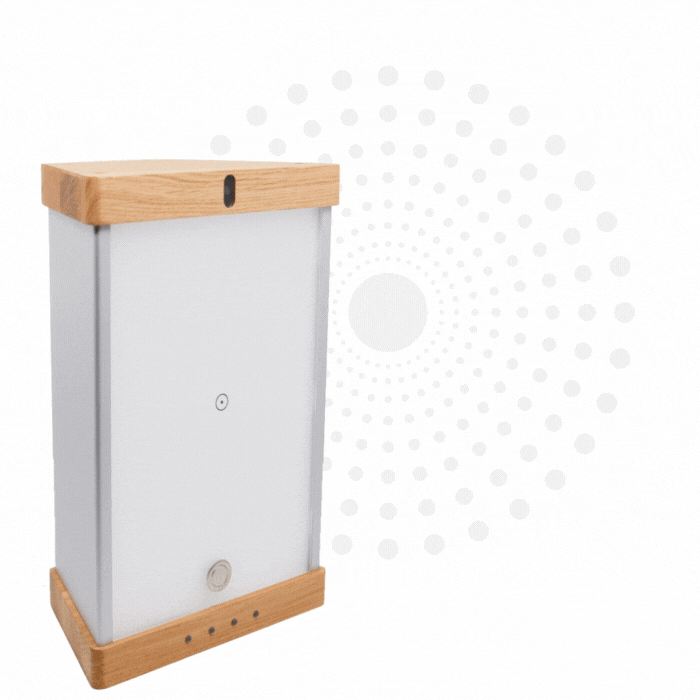
Enhance your brain performance through the power of light.
Comfortable and easy to use 40Hz light therapy to support and improve your brain function.
View Our LightWhat Are The Common Misdiagnosis Between Frontotemporal Dementia Vs. Lewy Body Dementia?
- Symptoms can be determined through levels of cognitive impairment, hallucinations, and Parkinsonian symptoms, which are LBD, and changes in personality, behavior, and language issues, which are FTD.
- Neuroimaging studies can study frontal and temporal lobes to determine FTD atrophy, whereas Lewy body studies can determine LBD.
- Genetic mutations may cause FTD
- Hallucinations and Parkinsonian symptoms to distinguish LBD and language issues for FTD.
- Looking at a patient’s family history to identify risk and genetic predispositions
- Tests to assess Parkinsonian features such as rigidity, bradykinesia and tremors
- Neurological tests are used to determine cognitive and motor issues such as language and hallucinations.
- Blood tests and lumbar functions to rule out mimicking conditions
- MRI and PET scans to determine if there are Lew body deposits and atrophy in the brain.
What Can Be Mistaken For Frontotemporal Dementia?
Conditions that may be mistaken for frontotemporal dementia (FTD) are other dementias such as Alzheimer’s and vascular dementia. There are other diseases as well that may be mistaken for FTD, such as Parkinson’s disease, which showcases motor issues; Huntington’s disease, which causes memory loss; and mental illnesses such as depression, which may cause changes in mood and behavior.
Diagnostic tools such as clinical evaluations, neuropsychological testing, MRI and CT scans, genetic testing, and biomarkers from spinal and blood tests are required to determine the difference between FTD and other disorders. Moreover, specialists such as neurologists, neuropsychologists, radiologists, and geneticists need to identify the differences during these tests.
What Can Be Mistaken For Lewy Body Dementia?
Conditions that can be mistaken for Lewy body dementia are Parkinson’s disease, which has issues with motor symptoms; Alzheimer’s disease, which showcases memory loss and confusion; vascular dementia, which has problems with cognitive and motor symptoms; frontotemporal dementia, which has issues with behavior and cognition; and Dementia with Parkinsonism, which has motor issues such as tremors, rigidity, and bradykinesia.
To tell the difference between LBD and other disorders, we need diagnostic tools. These include neurologists and geriatricians doing clinical evaluations, neuropsychological tests like the Mini-Mental State Examination (MMSE) and the Montreal Cognitive Assessment (MoCA) that help with cognitive function, CT and MRI scans, cerebrospinal fluid tests to find proteins and biomarkers, and genetic mutational tests.
Neurologists are responsible for managing and diagnosing neurological disorders, geriatricians for age-related issues, neuropsychologists for assessing cognitive function and neurodegenerative disorders, movement disorders specialists for identifying movement issues, and dementia specialists for managing and diagnosing various dementia ailments.
Learn What Others Have Experienced with EVY Light
See how others have achieved a sharper mind by activating their gamma brainwaves in combination with maintaining a healthy lifestyle.
Frequently Asked Questions About Frontotemporal Dementia Vs Lewy Body Dementia
Is Frontotemporal Dementia Similar To Lewy Body Dementia?
Frontotemporal dementia (FTD) and Lewy body dementia (LBD) are two different sets of dementia that affect different parts of the brain. Both of these diseases have different symptoms, age groups, and progressions.
Can Frontotemporal Dementia And Lewy Body Dementia Be Misdiagnosed?
It is common to misdiagnose frontotemporal dementia and Lewy body dementia due to their overlap in clinical features and shared symptoms. In order to get a proper diagnosis, healthcare professionals need to run a couple of tests, such as imaging, laboratory, and clinical evaluation.






